Featured Courses
More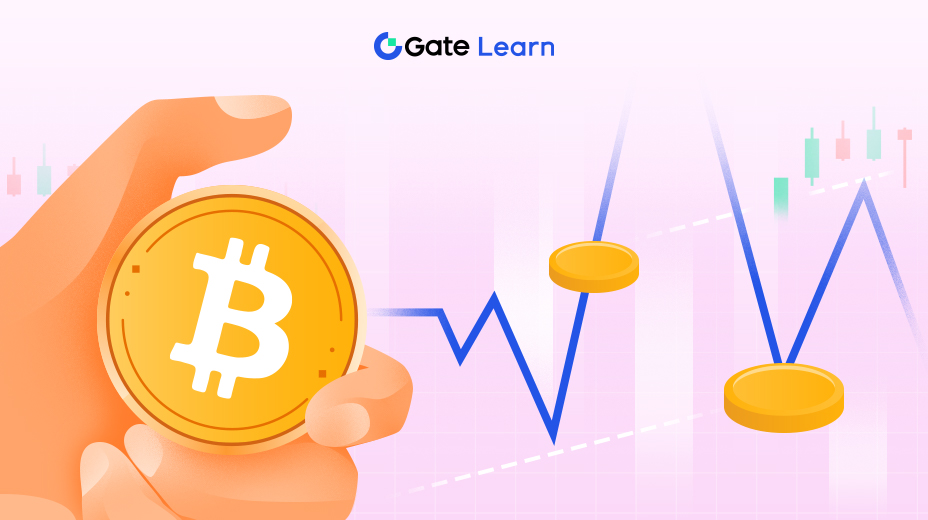
Advanced
Tools That Help You Trade Better: Moving Averages, Trend Lines, and Indicators
There are no trading rules that are applicable to any scenario. These courses will help you establish your own trading strategy, then test it and improve on it in practice

Intermediate
Technical analysis: A useful tool to understand trends in Futures trading
Understand candlestick patterns and recognize market trends. Build a technical analysis system to make informed trading decisions

Intermediate
L1 Deep Dives: Hyperliquid (HYPE)
This course provides a detailed exploration of Hyperliquid, a high-performance decentralized exchange (DEX) built on its proprietary Layer 1 blockchain. Designed for advanced users, developers, and blockchain enthusiasts, the course delves into Hyperliquid's technical architecture, tokenomics, strategic partnerships, governance mechanisms, and its role in the evolving DeFi landscape.
Learn by Topic
Topics
Altcoins
Bitcoin
Blockchain
DeFi
Ethereum
Metaverse
NFTs
Trading
Tutorial
Futures
Trading Bots
BRC-20
GameFi
DAO
Macro Trends
Wallets
Inscription
Technology
Meme
AI
SocialFi
DePin
StableCoin
Liquid Staking
Finance
RWA
Modular Blockchains
Zero-Knowledge Proof
Restaking
Crypto Tools
Airdrop
Gate Products
Security
Project Analysis
CryptoPulse
Research
TON Ecosystem
Layer 2
Solana
Payments
Mining
Hot Topics
P2P
Sui Ecosystem
Chain Abstraction
Options
Quick Reads
Video
Daily Report
Market Forecast
Trading Bots
VIP Weekly Industry Report
ETF Leveraged Tokens
Top Stories
XRP
Pi Network
VIP Daily Industry Report
In-Depth Research
Gate Ventures
Weekly Report
Investment News
Perpetual DEX
Web3 For Beginners
Tron
Base
Protocols
Dapp
Crypto Card
BNB Chain
Gate Private Wealth Management
Platform News
Brand Videos
Difficulty
Beginner
Intermediate
Advanced
Latest Courses
More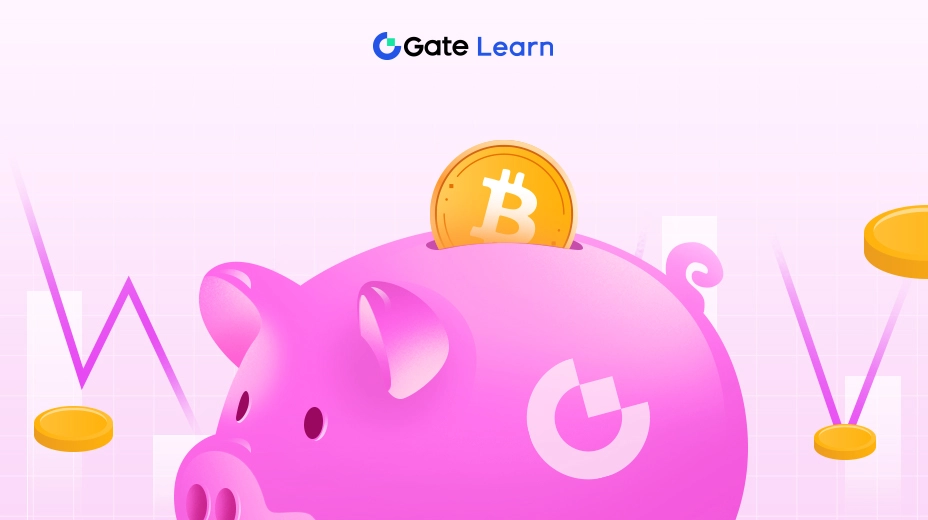
Beginner
Guide to Cryptocurrency Auto-Investment
Auto-investment is a simple, low-risk, stable, and passive investment strategy. By investing fixed amounts of money at regular time intervals, investors can withstand market fluctuations while holding their investments for the long term. This strategy emphasizes a long-term investment approach and consistent contributions to mitigate risks during price declines, with the objective of selling for profit when the market recovers.
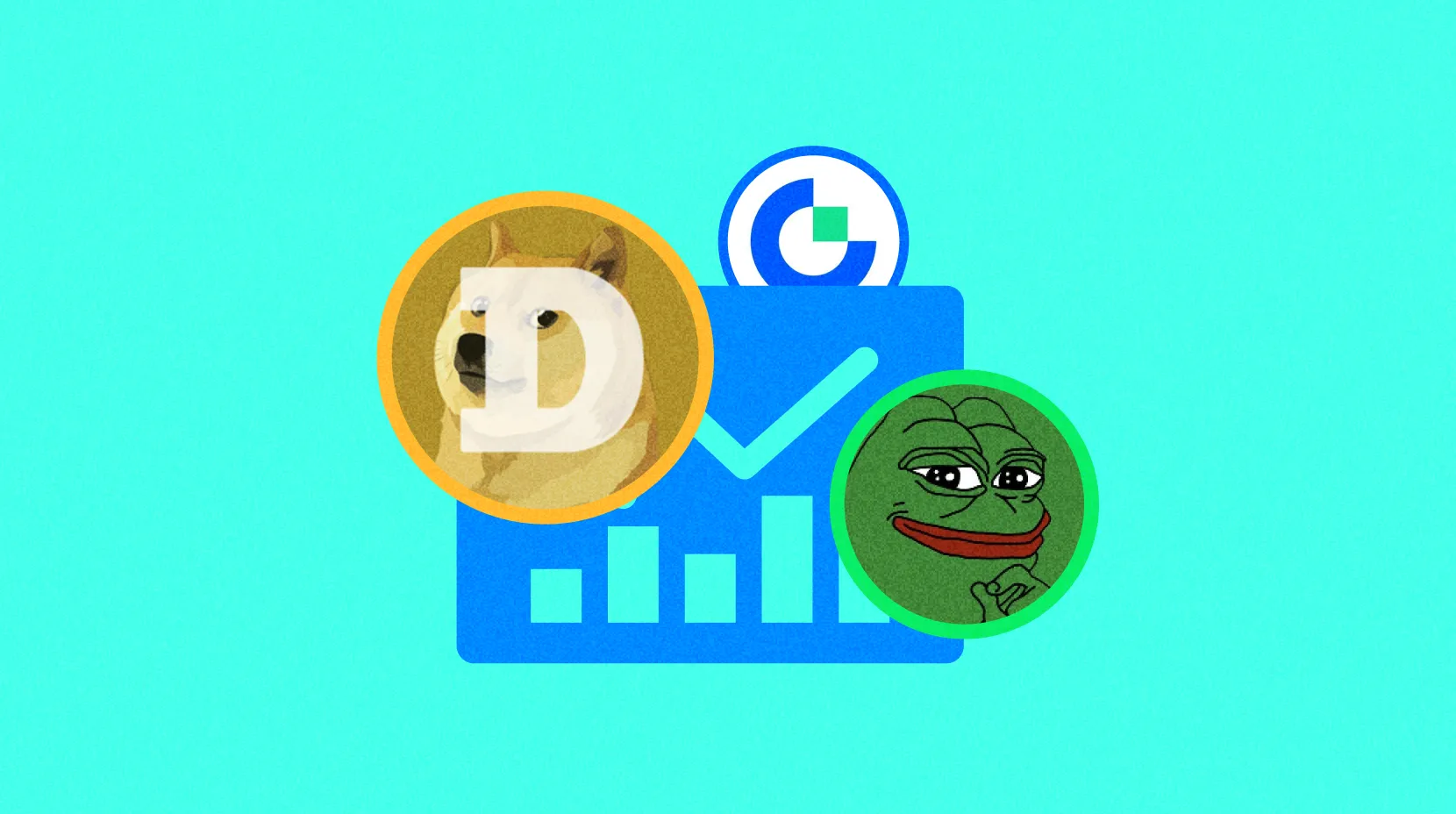
Intermediate
The Rise of Meme Coins: The Logic Behind Culture, Hype, and Investment
Welcome to "Understanding Meme Coins: Cultural DNA, Market Hype, and Value Logic". This is a course designed to help you systematically comprehend the "meme economy" and investment logic within the crypto market. Through practical case studies from Dogecoin and Pepe to Gate Fun, you will learn how meme coins evolve from internet culture into market phenomena, and grasp the underlying dissemination mechanisms, value logic, and investment opportunities. Whether you are a beginner in crypto or an investor looking to understand the rhythms of the meme market and the Launchpad model, this course will guide you from being a casual observer to understanding the intricacies of the field.
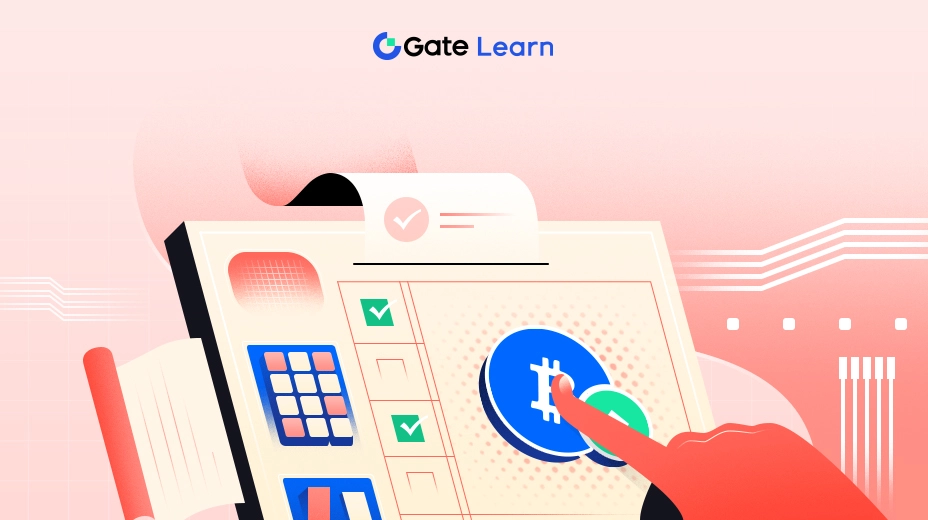
Beginner
Gate Simple Earn Investment Guide
This course will provide you with a comprehensive understanding of Gate's Simple Earn product, which is a capital-guaranteed financial product with low risks and stable returns. For subscribers, Simple Earn is similar to a demand deposit in a bank, supporting multiple mainstream cryptocurrencies. The subscription process is simple and the interest calculation period is flexible, making it a suitable wealth management product for ordinary investors.
Latest Articles
More
Advanced
 Gate Research: Market Stays in Weak Recovery Mode|Event Catalysts Drive Altcoin Rotation
Gate Research: Market Stays in Weak Recovery Mode|Event Catalysts Drive Altcoin Rotation
On November 20, the crypto market continued to consolidate and oscillate amid sustained extreme fear sentiment, with BTC edging up 0.43% to 92,700 USDT and ETH recovering to 3,040 USDT. Among hot tokens, Tensor (+102.63%) surged sharply due to a short squeeze triggered by extreme negative funding rates; Giga Chad (+61.29%) strengthened amid high social media buzz from whale endorsements and Walmart listing related supplements; StarkNet (+22.63%) rebounded significantly, driven by the spreading "Ztarknet" narrative and expectations of ZK infrastructure implementation. Vitalik released a key signal at Devconnect that "Ethereum needs to complete its quantum-resistant upgrade within the next four years." NVIDIA's strong earnings beat expectations, propelling a U.S. stock rebound and short-term crypto market repair. Meanwhile, a $1 billion ETH DAT trust plan led by Asian capital has been temporarily shelved due to fundraising resistance and market volatility.
11/20/2025, 6:36:59 AM
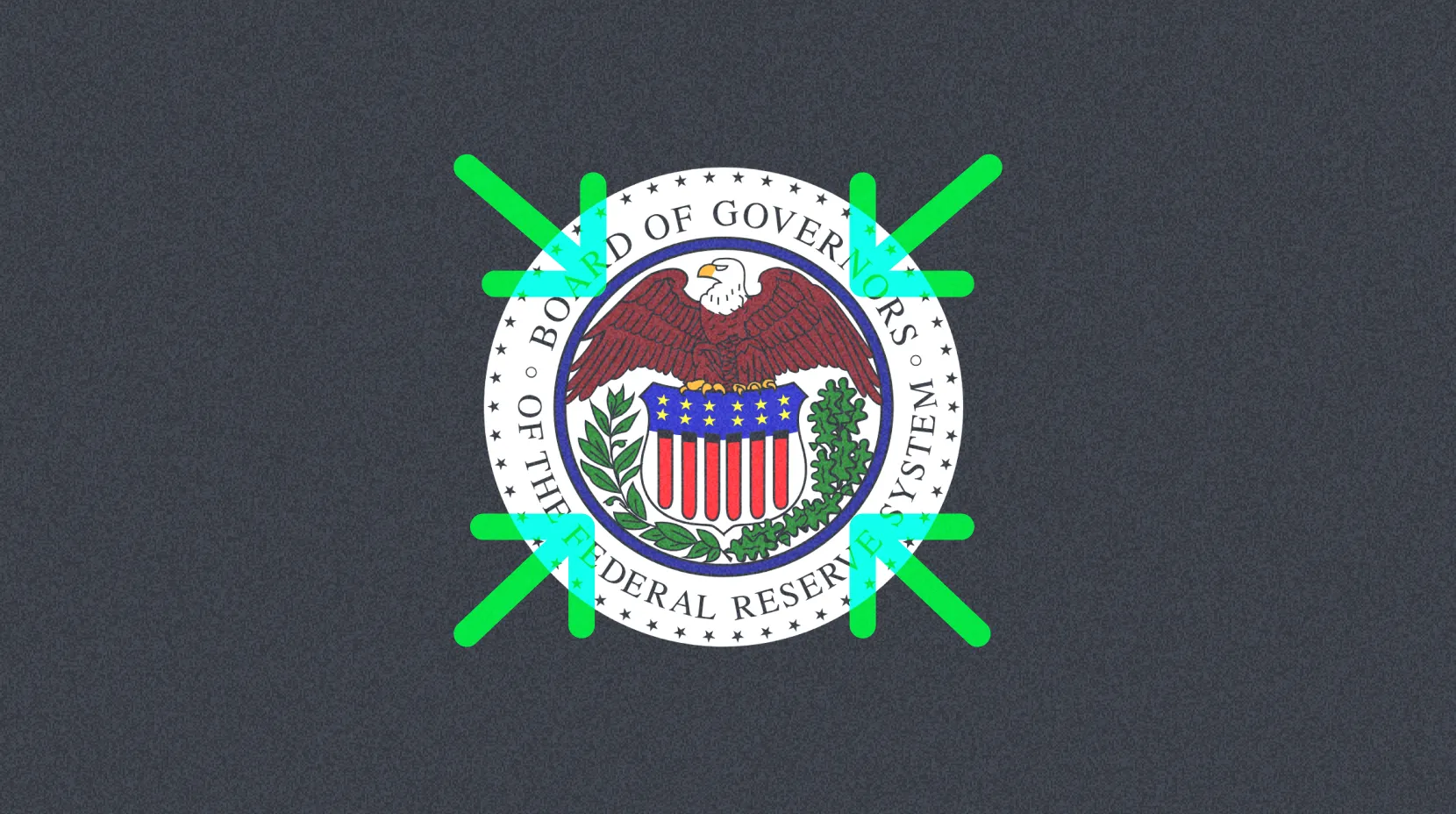
Intermediate
Liquidity Tightness in the US Financial System: Emergency Fed Meeting and Repo Market Pressures
The article thoroughly examines the factors behind liquidity tightening, such as quantitative tightening (QT), the increase in the Treasury General Account balance (TGA), and the decrease in Reverse Repurchase Agreement (RRP) facility balances.
11/20/2025, 2:35:38 AM

Intermediate
Ethereum Argentina Developers Conference: Towards a New Decade of Technology and Applications
The article discusses insights and recommendations from core contributors of the Ethereum Foundation, along with Vitalik Buterin’s detailed overview of Ethereum’s technical roadmap.
11/20/2025, 2:31:43 AM
Latest Research
More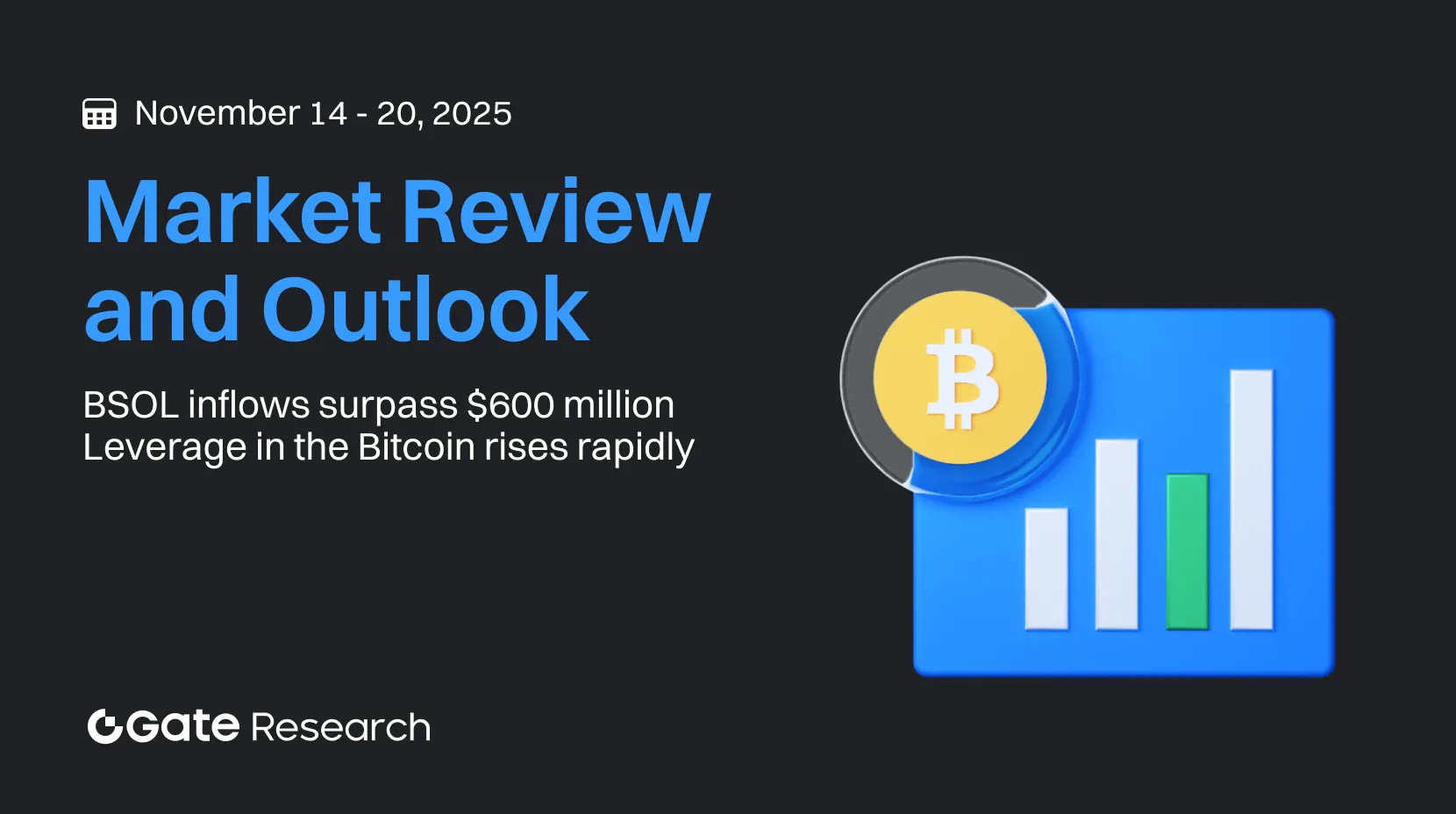
Advanced
Gate Research: BSOL Inflows Surpass $600 Million | Leverage in the Bitcoin Derivatives Market Rises Rapidly
Gate Research Weekly Report: Crypto markets continue to consolidate amid persistent extreme fear. BTC edged up 0.43% to 92,700 USDT, while ETH rebounded to 3,040 USDT. Tensor (+102.63%) surged sharply as extreme negative funding rates triggered a short squeeze. Giga Chad (+61.29%) strengthened following whale calls and viral social-media hype tied to Walmart-listed supplements. During Devconnect, Vitalik signaled that Ethereum “must complete its quantum-resistance upgrade within the next four years,” sending an important message to the ecosystem. IBIT reported a net outflow of $523.15 million on Tuesday, marking its largest outflow on record. Meanwhile, BSOL saw $23 million in inflows on Tuesday, bringing its total inflows to over $600 million.
11/20/2025, 8:21:28 AM

Advanced
 Gate Research: Market Stays in Weak Recovery Mode|Event Catalysts Drive Altcoin Rotation
Gate Research: Market Stays in Weak Recovery Mode|Event Catalysts Drive Altcoin Rotation
On November 20, the crypto market continued to consolidate and oscillate amid sustained extreme fear sentiment, with BTC edging up 0.43% to 92,700 USDT and ETH recovering to 3,040 USDT. Among hot tokens, Tensor (+102.63%) surged sharply due to a short squeeze triggered by extreme negative funding rates; Giga Chad (+61.29%) strengthened amid high social media buzz from whale endorsements and Walmart listing related supplements; StarkNet (+22.63%) rebounded significantly, driven by the spreading "Ztarknet" narrative and expectations of ZK infrastructure implementation. Vitalik released a key signal at Devconnect that "Ethereum needs to complete its quantum-resistant upgrade within the next four years." NVIDIA's strong earnings beat expectations, propelling a U.S. stock rebound and short-term crypto market repair. Meanwhile, a $1 billion ETH DAT trust plan led by Asian capital has been temporarily shelved due to fundraising resistance and market volatility.
11/20/2025, 6:36:59 AM

Beginner
Gate Research: 2025 crypto employment market report
This report provides a comprehensive overview of the structural changes, job distribution, and development trends in the global crypto employment market in 2025. It highlights that amid slowing global economic growth and the accelerating impact of AI on traditional industries, the crypto sector has demonstrated strong counter-cyclical resilience. With a total market capitalization approaching USD 3 trillion and more than 1.6 million professionals employed worldwide, the crypto industry has become a key driver of high-skilled employment within the digital economy.
11/19/2025, 9:59:53 AM
Glossary
Moreapr
Annual Percentage Rate (APR) is a financial metric expressing the percentage of interest earned or charged over a one-year period without accounting for compounding effects. In cryptocurrency, APR measures the annualized yield or cost of lending platforms, staking services, and liquidity pools, serving as a standardized indicator for investors to compare earnings potential across different DeFi protocols.
fomo
Fear of Missing Out (FOMO) is a psychological state where investors fear missing significant investment opportunities, leading to hasty investment decisions without adequate research. This phenomenon is particularly prevalent in cryptocurrency markets, triggered by social media hype, rapid price increases, and other factors that cause investors to act on emotions rather than rational analysis, often resulting in irrational valuations and market bubbles.
nft
NFT (Non-Fungible Token) is a unique digital asset based on blockchain technology where each token possesses a distinct identifier and non-interchangeable characteristics, fundamentally different from fungible tokens like Bitcoin. Created through smart contracts and recorded on the blockchain, NFTs ensure verifiable ownership, authenticity, and scarcity, primarily applied in digital art, collectibles, gaming assets, and digital identity.
leverage
Leverage refers to a financial strategy where traders use borrowed funds to increase the size of their trading positions, allowing investors to control market exposure larger than their actual capital. In cryptocurrency trading, leverage can be implemented through various forms such as margin trading, perpetual contracts, or leveraged tokens, offering amplification ratios ranging from 1.5x to 125x, accompanied by liquidation risks and potential magnified losses.


Your Gateway to Crypto World, Subscribe to Gate for A New Perspective
